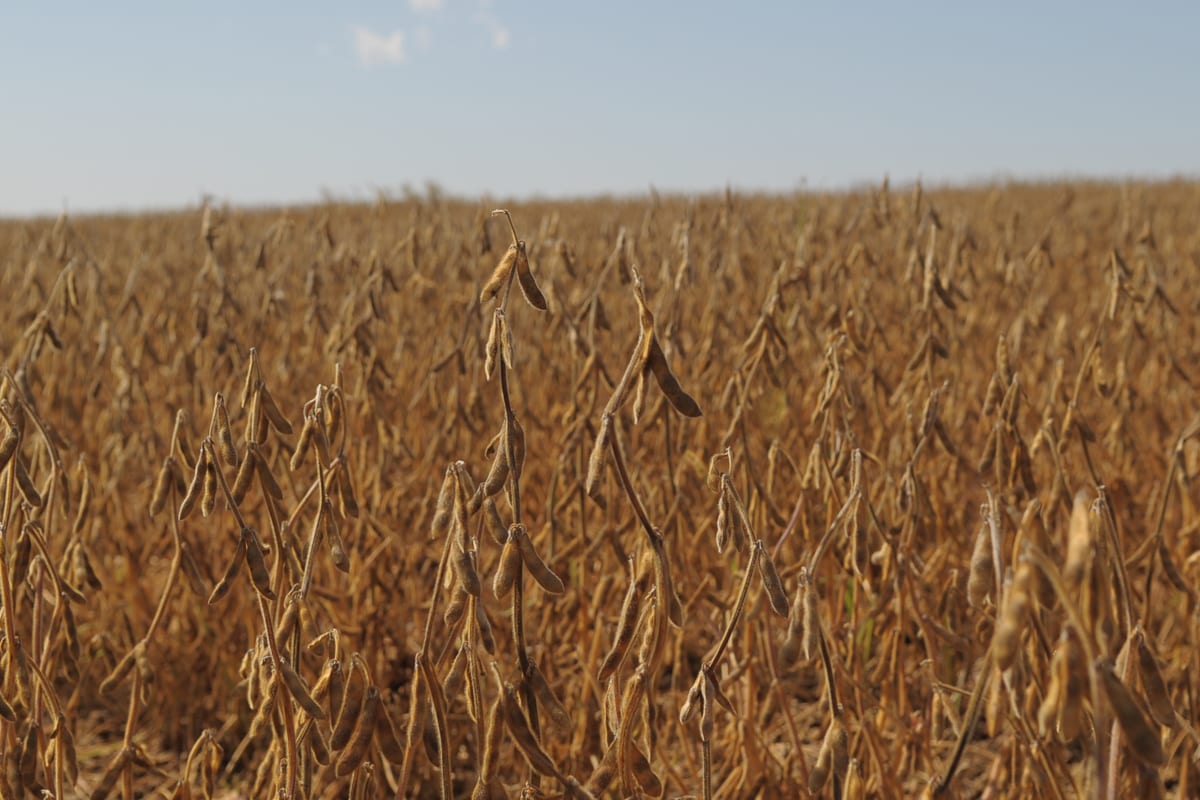The vegetable oil complex is a flotilla of boats navigating the tide in a pattern that for the most part keeps individual members—soybean, palm, sunflower, canola—relatively close together. Each major oil type has a relatively steady price relationship with others in the complex based on global supply and demand. Historical trends show they all remain sailing in the same general direction over time, with similar price patterns despite occasional fluctuations based on world events. Understanding the global vegetable oil complex starts with a firm grasp on the fundamentals underpinning prices for different specific oils.
The tides on which those boats sail have changed; the world vegetable oil market is much different today than it was two years ago, and farmers and the entire soybean industry is responding to changing market signals to meet global demand. The COVID-19 pandemic, war in Ukraine and volatile weather for oilseed farmers have changed global supply chains. Those chains have stretched and sometimes broken altogether while oil demand trends higher. The boats are still sailing together, but their speed and direction doesn’t always follow past trends. And the soybean industry is stepping into a leadership role in meeting oil demand based on current market conditions.
We have to zoom out and look globally to appreciate the whole complex of oils, the price relationship among them and soybean oil’s role in the complex. Understand what happens in those different corners of the global market—the Black Sea region for sunflower oil, Canada for canola oil, Southeast Asia for palm oil and the U.S. and South America for soybean oil. It all interlaces into one complex supply chain that’s challenged by a lot of factors.
A world of variables influence today’s oil market
The convergence of increasing vegetable oil demand and supply chain disruptions will continue to cause shifts in pricing for different oils, making it important for buyers to know the impact of events and oilseed growing conditions as they relate to supply and demand. For example, drought in Canada during the 2021 growing season cut that nation’s canola output. COVID-19 restrictions on cross-border workforce deployment that are starting to ease in places like Malaysia, and an Indonesian ban on that nation’s exports continue to affect southeast Asian palm oil production and market availability. And the war in Ukraine is disrupting both sunflower production and the movement of the crop and oil to the global market through normal Black Sea shipping terminals.
These global factors really come more into play when you have disruptions on the supply side. When you consider all the supply chain disruptions for a litany of products, like fertilizer movement out of the Black Sea or the cut in grain exports coming out of Ukraine this year and probably the next couple years, you start to see unfortunate erosion in trust in global supply chains. But people around the world need food; while these chains will see disruptions, we can have faith this necessity will support the general availability of what everyone needs.
Oil complex pricing moving forward
Price volatility will continue in the vegetable oil complex. Costs will likely continue to fluctuate based on supply, demand, world events, crop growing conditions and periodic breaks in supply chains.
Price volatility will continue in the vegetable oil complex. Costs will likely continue to fluctuate based on supply, demand, world events, crop growing conditions and periodic breaks in supply chains. Given these market realities, what is most critical is focusing on what you can control and what you do best and recognize the market signals will always shift. Though the individual boats in the flotilla will remain tethered to one another, market-moving signals from world events will dictate which will be best to board in meeting your vegetable oil needs in today’s marketplace. Given the above global market cues, soybean oil looks to be a lead boat in meeting world demand.
